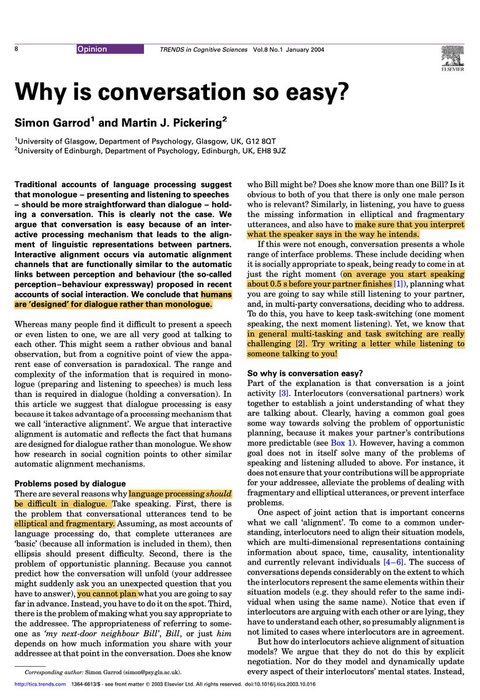
If we were designed to think solo, monologue would be easier than dialogue.
Dialogue involves INCREDIBLY complex acts of prediction, coordination, task-switching and mind-reading--yet we find it MUCH easier than monologue.
Why? Maybe thinking is a bicycle built for 2.... See more

